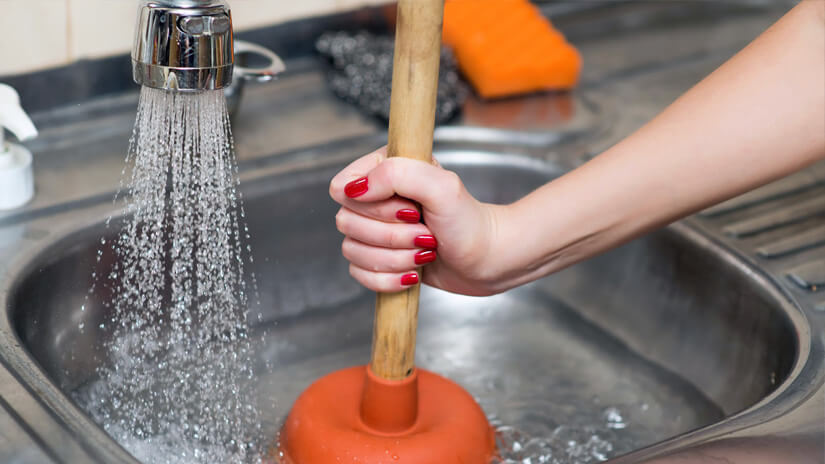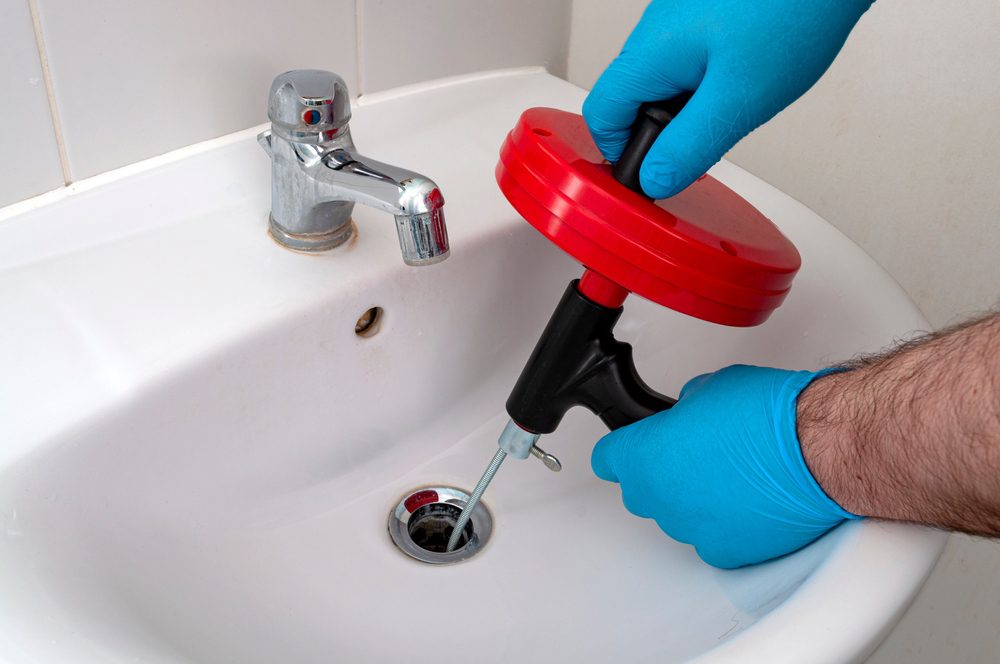How to Manage a Blocked Drain Before Seeking Expert Help
How to Manage a Blocked Drain Before Seeking Expert Help
Blog Article
In this article on the next paragraphs you will find some very good data involving Some easy tips to fix blocked drains.

Intro
Managing a blocked drainpipe can be a discouraging experience, disrupting day-to-day tasks and possibly creating damages to your home. Nonetheless, prior to reaching out to pipes specialists, there are steps you can take to deal with the issue on your own. In this guide, we'll explore do it yourself remedies and preventive measures to tackle an obstructed drain efficiently.
Recognizing the Concern
The primary step in addressing an obstructed drain is acknowledging the indicators. Slow water drainage, gurgling sounds, foul odors rising from drains, or water backing up prevail indications of an obstructed drainpipe. Recognizing these indicators early can help stop additionally problems.
Picking the Right Plumbing Service
When selecting a pipes solution, take into consideration elements such as experience, licensing, and customer reviews. Choose a trusted plumbing professional with a record of quality craftsmanship and transparent pricing practices.
Expense Considerations
The price of professional drainpipe cleaning company can vary depending on the severity of the blockage and the plumbing's rates. Demand quotes from numerous providers and inquire about any kind of added fees to ensure transparency and prevent surprises.
Security Precautions
When attempting do it yourself drain cleansing, prioritize safety. Wear protective gloves and eyeglasses to prevent contact with unsafe chemicals or microorganisms. Never mix various drain cleansing products, as this can produce harmful fumes.
Situation Researches
Real-life instances highlight the efficiency of do it yourself services and the relevance of timely professional intervention in settling drainpipe blockages.
Usual Reasons For Obstructed Drainpipes
Understanding the variables that contribute to drain pipes obstructions is necessary for reliable resolution. Usual wrongdoers include hair, soap residue, oil, food particles, and foreign items like sanitary products or paper towels. Tree origins attacking underground pipelines can additionally cause significant clogs.
DIY Solutions
For minor clogs, several do it yourself options can be reliable. Pouring boiling thin down the drain can assist dissolve grease and particles. Sodium bicarbonate and vinegar or a blend of salt and baking soft drink can work as natural cleaners. Making use of a bettor or plumbing snake to dislodge blockages is an additional option.
Devices and Devices
Having the right tools on hand can make DIY drainpipe cleaning more efficient. A bettor is a flexible device for removing obstructions in sinks, commodes, and showers. A plumbing snake or auger can get to much deeper clogs, while drain cleaning chemicals can be made use of very carefully for persistent clogs.
Safety nets
To stay clear of future obstructions, taking on preventive measures is important. Install drain guards or strainers to catch hair and particles prior to they enter the pipelines. Regularly flush drains pipes with hot water to liquify oil accumulation, and avoid throwing away oil or solid waste down the drain.
When to Call a Specialist
While do it yourself remedies can deal with minor blockages, particular indicators show the requirement for specialist support. Persistent blockages, foul odors regardless of cleaning initiatives, or numerous drains backing up all at once are warnings that require expert treatment.
Final thought
By adhering to the tips laid out in this overview, you can successfully tackle blocked drains pipes and prevent future pipes problems. Whether opting for DIY remedies or seeking expert aid, timely action is vital to maintaining a healthy pipes system and preserving the integrity of your home.
WHAT I LEARNED FROM TRYING TO DEAL WITH A CLOGGED DRAIN
We have had our share of seepages and other annoying things that are part of living, especially in an apartment complex. And if there’s one thing that’s terrifying for a homeowner—or even someone in a rented home—it is a clogged drain, indoors or outdoors.
We enjoy our living space, but it’s simply a fact of life that dead skin, soap and a host of other items go down the drain; eventually, the residue builds up and prevents anything from moving. Ugh.
Not Calling A Professional
Of course, it might seem simple to just whip the pipe off under the sink and see if you can unblock it. Unfortunately, what if the blockage isn’t there, or you don’t reconnect it properly? Worse, you might break a piece and have no drainage system. Can you imagine that scene? Yuck!
Not Watching Your Waste
This will sound d’uh, but the best tip I can give you for drain cleaning is to avoid clogging the drain in the first place! You can do this by monitoring what goes down the drain and catching the items which are most likely to give you a problem. Invariably hair, vegetable peels, and large wads of toilet paper are the most obvious culprits. Add a filter—these are available in hardware stores and can be removed and cleaned easily.
Poking The Drain
The first urge with a clogged drain is to poke at it with a stick or anything that resembles a stick. Sadly, this does not result in magically solving the issue. The mental image is, naturally, one of the stick just pushing through the offending item and all is well again. Reality is quite different and unpleasant and likely to lead to further problems.
The thing is, every drain has a series of bends that are not visible to us. Drains are built this way to prevent gases from entering the house. What happens when you poke a stick into the drain? Of course, it can’t bend around the corner. The more adventurous people will use force and end up wedging the stick or causing it to break off in the pipe—creating an even bigger issue. Worst thing? The stick will shift the block further down the pipe, creating the space for more to collect. Go ahead! Roll your eyes!
Using The Wrong Plunger
You know what they say: the right tool for the right job! Did you know there are different types of plungers besides the basic one we keep at home for an emergency? Yes, there are. For example, the toilet plunger has a bell-shaped bottom while the sink plunger is flat. This is an important difference and using the wrong plunger will be useless. There’s also a knack in using plungers—they must be placed in such a way that they create an airtight seal and then, moved slowly up and down—not as fast as we imagine.
https://vidyasury.com/2018/01/learned-trying-deal-clogged-drain.html

Do you really like reading up on How to handle a clogged drain in your home? Try to leave a remark directly below. We'd be glad to hear your feelings about this post. Hoping that you come back again in the future. Loved our blog posting? Please share it. Let somebody else find it. We truly appreciate reading our article about Some easy tips to fix blocked drains.
Click Here Report this page